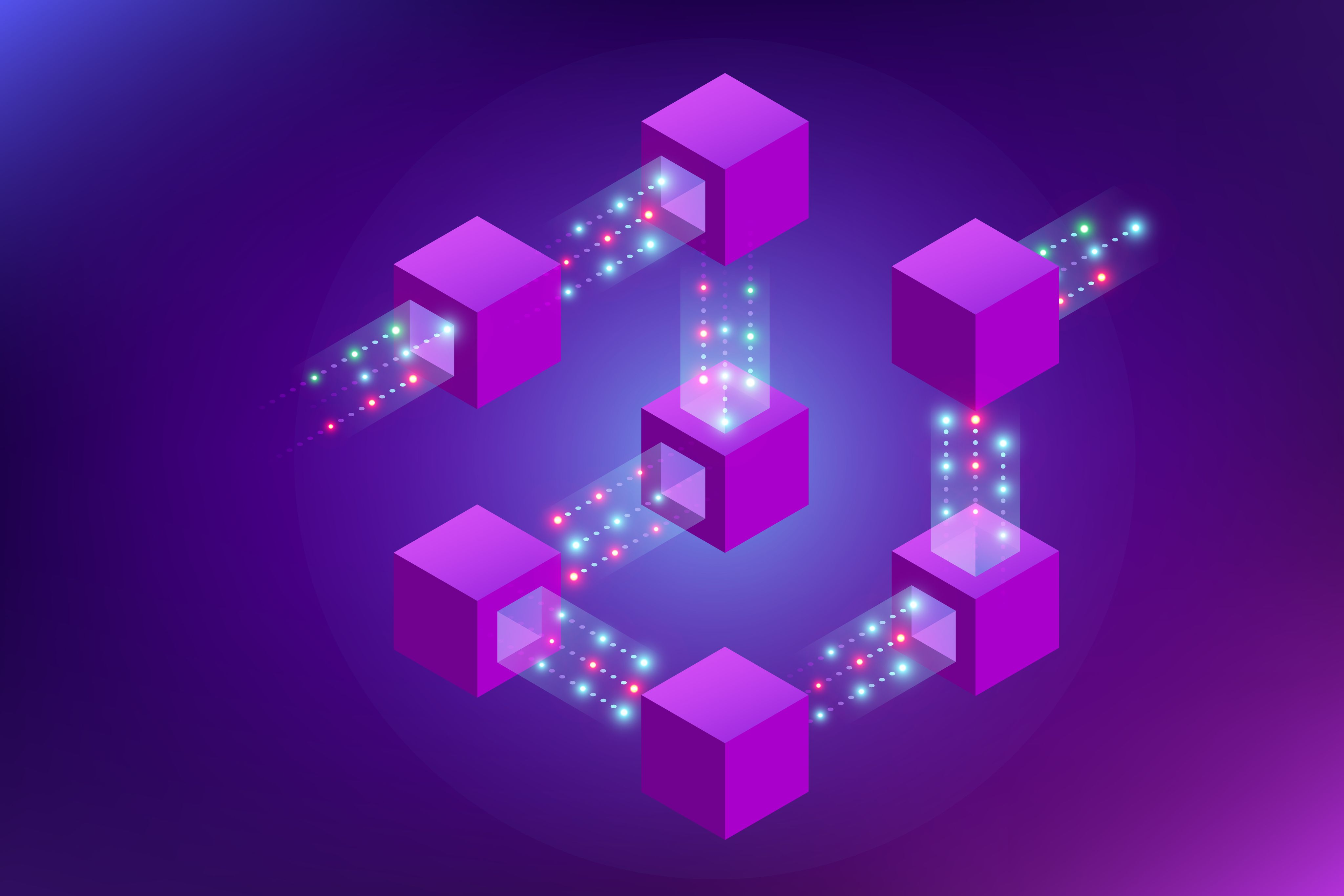The Science and its Applications
Scientists have conducted research demonstrating that “cyborgs” – collections of living and non-living matter – can be combined to learn how to play Pong. Scientists at Cortical Labs, an Australian-based biological computing start-up, have conducted research experiments that combined neural stem cells, or an in vitro cluster of brain cells, with a silicon-based multi-electrode array. A multi-electrode array is essentially a set of very small electrodes that can connect neurons (brain-cells) with electronic circuitry. Remember – an electric current can stimulate motion. Their research found that they could recreate, in vitro, a simulated kind of synthetic brain cell network capable of demonstrating “biological intelligence”, which these researchers defined as “learning in a simulated gameplay environment – in real time”.
The gameplay environment these scientists used was the familiar computer game Pong. Pong is a 2D sports game that mimics table tennis. Players of the game control a bar, which is used to hit a ball at the opponent’s side of the court. Points are scored when opponents miss the ball. The scientists at Cortical Labs in their experiment essentially managed to synchronise the neuronal network with the bar. This neuronal network learnt how to control the bar to play Pong. They found that this quasi-biological neural culture was able to learn how to play Pong faster than AI – the culture, referred to as DishBrain, learned Pong in 10-15 rallies, whereas it takes current AI around 5,000.

Through their experiment, these scientists had several objectives, some philosophical, and others more practical. Firstly, these scientists wanted to better understand the cellular origins of intelligence. Secondly, these scientists wanted to better understand how in vitro clusters of brain cells demonstrating capabilities to learn could be engineered for real-world applications.
As these scientists themselves state in their research paper that published their findings on December 3rd 2021, they hope that further investigation into combining silicon hardware with biological neuronal networks (BNNs) may pioneer deeper insights into several areas. The areas they quote include “pseudo-cognitive responses as part of drug screening, bridging the divide between single cell and population coding approaches to understanding neurobiology, better understanding how BNNs compute to inform machine learning approaches, and potentially give rise to silico-biological computational platforms that surpass the performance of existing silicon-alone hardware”. In essence, researchers hope that this work will yield better comprehension of how brains work, and also how hybrid forms of intelligence that combine groups of synthetic brain cells with problem-solving computers can help solve problems faster than current technology.
The impact this highly-specialised field of technobiology may have should not be understated. Scientists at Cortical Labs state that proponents of “generalised SBI [synthetic biological intelligence]” believe it may “arrive before artificial general intelligence (AGI) due to the inherent efficiency and evolutionary advantage of biological systems”. Researchers at Cortical Labs are careful to distance themselves from a claim quite so bold, but their initial findings – that synthetic biological intelligence can learn to adapt to some environments and contexts faster than AI – does indicate that synthetic biological intelligence holds advantages over AI in some respects. The exact environments and contexts within which SBI may hold advantages, and the kinds of advantages SBI does hold over AI, are yet to be established, since research in the field is in its preliminary stages.
The Ethics of Cyborgs
In an article published on 17th December 2021 by the New Scientist, Brett Kagan (Chief Scientific Officer) of Cortical Labs stated that “we think it’s fair to call them [the manufactured SBI] cyborg brains”. Manufacturing cultures of neuronal networks in petri-dishes is widespread, but another New Scientist article published in June 2019 clarifies that much other research into growing biological neuronal networks in vitro has been with the principal aim of understanding how these networks function. Kagan explains that their work at Cortical Labs is the first time neural network cultures have been manufactured with the purpose of having them “perform goal-directed tasks”.
Of course, scientists involved in manufacturing synthetic biological intelligence are not oblivious to the potential ethical conundrums the manifold possibilities their research poses for future generations. Much like philosophically-minded computer scientists who grapple with the ethical implications of AI and machine learning, philosophically-minded researchers charting new territory in the development of synthetic biological intelligence are very cognizant of questions surrounding the precise cognitive states of these neural networks, not least whether or not they can be considered conscious. In a 2019 article published in June 2019 by the New Scientist, Hideya Sakaguchi, “of the Salk Institute for Biological Sciences in California”, states that in vitro brain cells “are a long way off a ‘thinking’ brain”, adding that, in his expert view, “to create higher brain function such as consciousness, or thinking”, organoids need “subjective experiences, and it needs sensory input and motor output system at the same time”. Sakaguchi thought in 2019 that research into in vitro neural networks could not provide them with these experiences, but refused to rule out the possibility that developments in science could “bring them closer to consciousness”.
There are two parallel spectres that loom over ethicists who contemplate the philosophical implications of conscious synthetic or artificial intelligences. The first, described in a September 2021 article published by Business Insider, entails whether such forms of intelligence could begin to perform tasks independently of human control, input, and understanding, developing an unpredictable autonomy. Ethicists are also troubled by issues particularly relevant to synthetic biological neural network cultures, which by all biological definitions are living entities. These scientists and philosophers are troubled by the existential and political implications of creating conscious yet disembodied “brains”, entities essentially enslaved to the tasks put to them.
Sakaguchi’s remarks should offer some temporary reassurance to those who are troubled by these cogitations – to paraphrase his thoughts on the matter, in his view, the science is not yet sophisticated enough for these issues to be of real concern – yet. However, given the efficiency with which synthetic biological intelligence can solve particular problems when compared with its AI compatriots, the field is likely to receive more investment. Further investment in the field may catalyse scientific developments that bring SBI technology closer to consciousness. It may pay off to start thinking about the consequences such possibilities may bring sooner rather than later.



